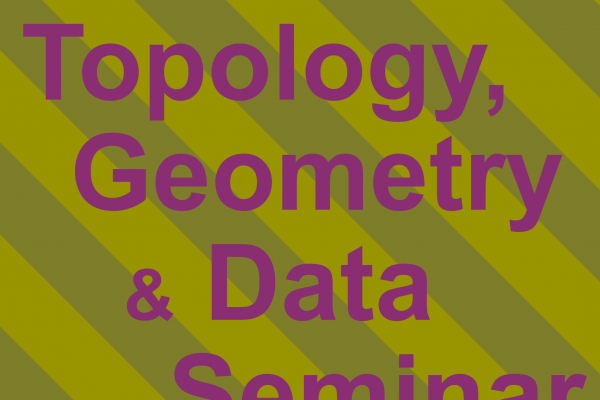
Title: Adaptive Covers for Ball Mapper
Speaker: Sarah Percival (Michigan State University)
Speaker's URL: https://sperciva.github.io
Abstract: Ball Mapper, introduced by Dłotko in 2019, takes as input a point-cloud X and produces as output a one-dimensional graph that captures the underlying topology of X. Unlike the traditional Mapper algorithm introduced by Singh, Mémoli, and Carlsson in 2007, Ball Mapper does not use a lens function to determine an open cover of X; instead, this cover is created by taking as input a parameter ε and generating an ε-net of balls on the points of X. To take the guesswork out of parameter selection, we use the idea of the Adaptive Mapper algorithm introduced by Chalapathi, Zhou, and Wang in 2021 to iteratively split and merge the ε-balls in the cover, resulting in a new open cover that produces a graph more robust to the initial choice of ε. We then use this method to analyze the evolution and development of Passiflora leaves over time and across species.
URL associated with Seminar: https://tgda.osu.edu/activities/tdga-seminar/
